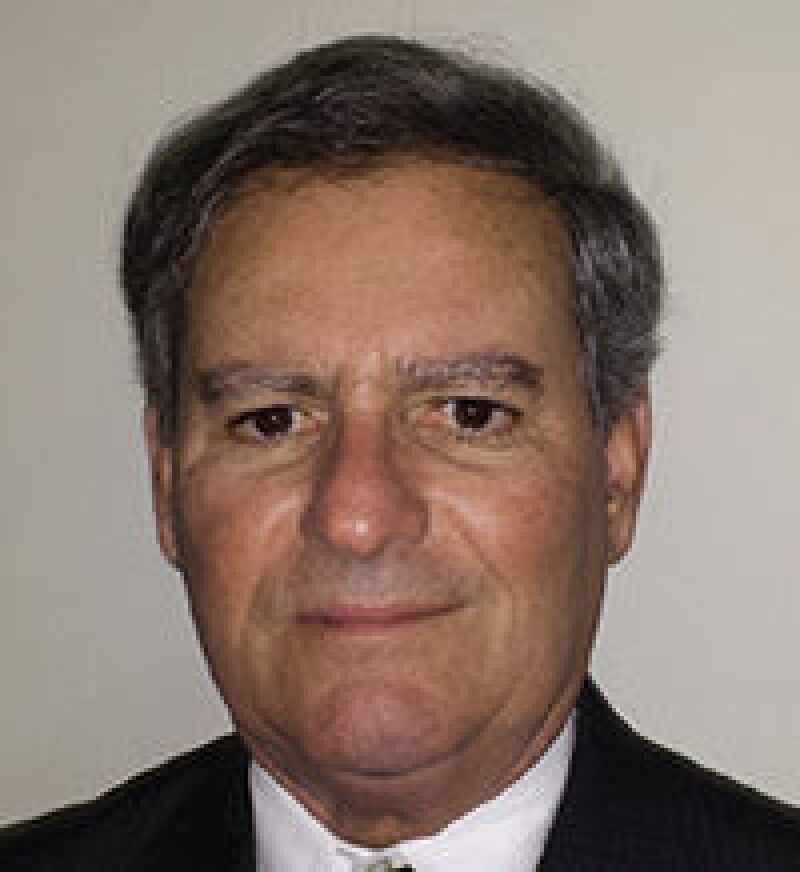Nonaqueous drilling fluids have been used extensively by the industry, particularly in complex drilling scenarios. They carry some concerns, however, related to environmental issues and higher initial cost, potential for lost circulation, effect of pressure and temperature on drilling-fluid density, and capacity to solubilize natural gas compared with water-based drilling fluids [water-based mud (WBM)]. The latter three concerns have implications for well integrity.
It is generally accepted that the risk of induced fracture (and consequent lost circulation) is greater when using nonaqueous fluids than when using WBM. The formation-breathing phenomenon is also more pronounced with nonaqueous drilling fluids compared with WBM.
Nonaqueous drilling fluids are more sensitive to pressure and temperature changes than WBM is. Thus, the density and viscosity of these fluids inside the well are more difficult to establish, increasing uncertainties about bottomhole and casing-shoe pressures. Because they are more compressible, longer periods are expected for shut-in pressure stabilization, for response delay of drillpipe pressure after choke adjustment, and for flowback to stop after the mud pumps are shut off.
The gas solubility in nonaqueous drilling fluids makes the kick indicators less pronounced for its detection and increases the risk of rapid gas evolution where the pressure inside the well drops below the bubblepoint pressure. However, the solubility properties of these fluids can lead to favorable conditions also: If pressure remains above the bubblepoint as the kick is circulated out of the well, there will be no free gas and, consequently, the magnitude of pressure will be smaller. Also, no free-gas migration will occur in static conditions.
All these issues have been studied extensively, especially those related to change in fluid density and gas solubility. In the list of papers recommended for additional reading, two address gas-solubility aspects in nonaqueous drilling fluids.
This Month's Technical Papers
Use of Managed-Pressure Drilling Requires Adjustments To Bridge Gap to Well Control
Pressure Measurements Plus Simulation Help Differentiate Between Downhole Events
Design and Surveillance Tools Help Lower Integrity Risks for High-Temperature Wells
Recommended Additional Reading
SPE 180039 Kick-Detection Capability of Oil-Based Muds in Well-Control Situations by Harald Linga, SINTEF Petroleum Research/DrillWell, et al.
SPE 185470 Thermodynamic Behavior of Olefin and Methane Mixtures Applied to Synthetic-Drilling-Fluids Well Control by D.C. Marques, Consultant, et al.
SPE 180292 Mathematical Modeling of Gas in Riser by Ulf Jakob Flø Aarsnes, IRIS/DrillWell, et al.
SPE 181672 Multiphase Well-Control Analysis During Managed-Pressure-Drilling Operations by Z. Ma, The University of Texas at Austin, et al.


